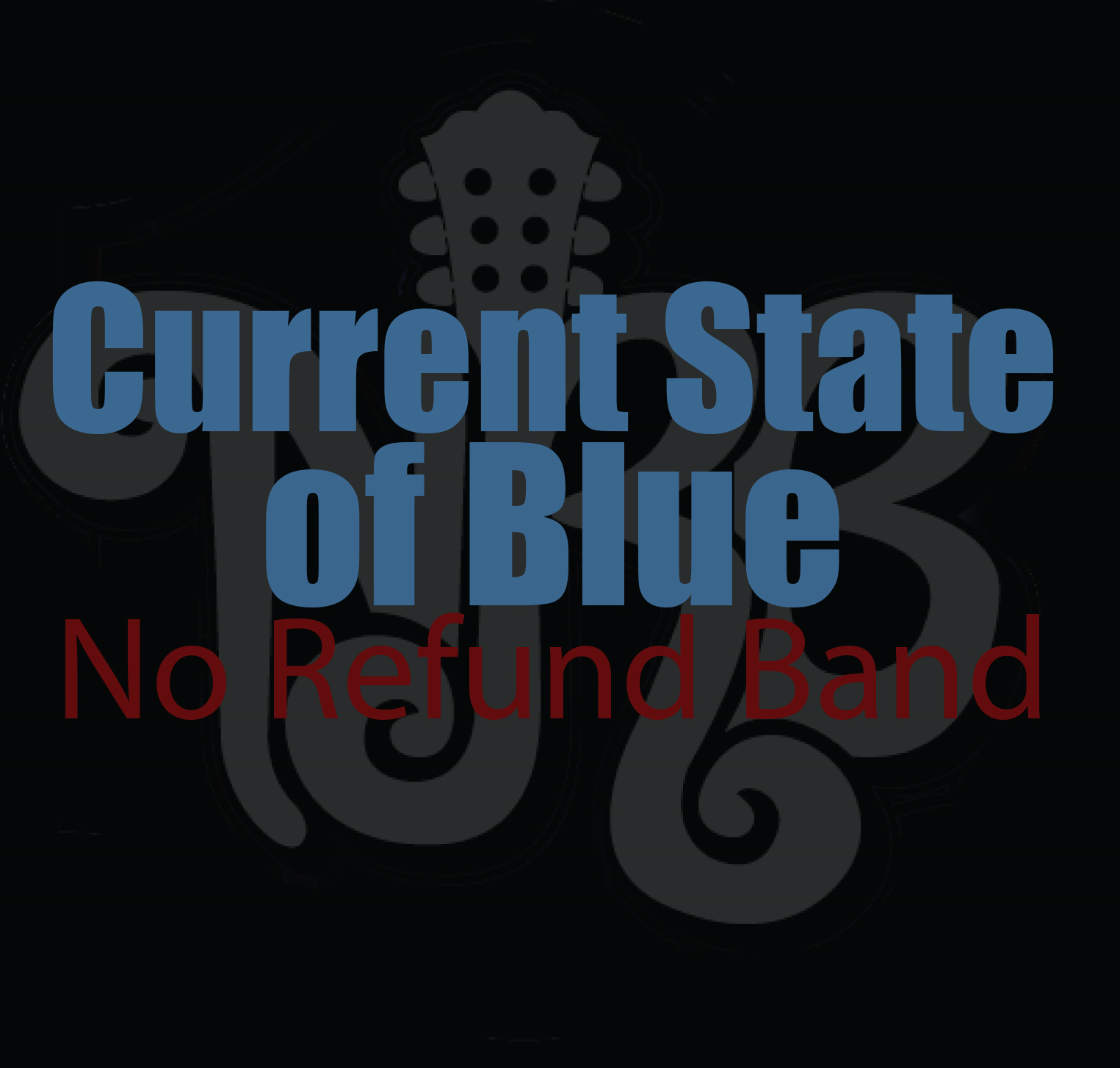 LHS Episode #135: A Mouthful of Potatoes
LHS Episode #135: A Mouthful of Potatoes
 In this fortnight’s episode of Linux in the Ham Shack, Pete (VE2XPL), returns to the land of the living. Your intrepid hosts discuss explosions in the sky, a “holiday” for ham radio operators, Linux vulnerabilities, caipirinhas, and ask the vital question: What is Allstar Link and does anyone use it? All that and more in this action-packed installment of LHS. Thanks for watching, and as always…
In this fortnight’s episode of Linux in the Ham Shack, Pete (VE2XPL), returns to the land of the living. Your intrepid hosts discuss explosions in the sky, a “holiday” for ham radio operators, Linux vulnerabilities, caipirinhas, and ask the vital question: What is Allstar Link and does anyone use it? All that and more in this action-packed installment of LHS. Thanks for watching, and as always…
73 de The LHS Guys
Russ Woodman, K5TUX, co-hosts the Linux in the Ham Shack podcast which is available for download in both MP3 and OGG audio format. Contact him at [email protected].
 W5OLF WSPR kit
W5OLF WSPR kit
Jay has been working on new versions of his little WSPR beacons. All being well I should receive a 10m 500mW out version in the next few weeks.
Jay is writing the manual(s) and has asked me for my feedback, which I shall, of course, provide. The new version is a single board (again) but transmits continuously, randomising the TX frequency on each TX burst to minimise interference to/from others. It needs several minutes to thermally stabilise but uses the uP to generate everything needed such as the WSPR tones, so no PC is needed. The transmission is started manually on the start of an even minute with a push button. The PA can be separately enabled.
This should be fun. I’ll give more information when it arrives and I get a chance to try it on the air.
Roger Lapthorn, G3XBM, is a regular contributor to AmateurRadio.com and writes from Cambridge, England.
 Inspecting antennas – by radio controlled quadcopter!
Inspecting antennas – by radio controlled quadcopter!
Some years ago I went to a BBQ where someone had a wi-fi controlled quadcopter remotely controlled from an iPad. It was very impressive with its on-board cameras for navigation and filming what was happening down below.
I see AE5X has a video showing the inspection of his antennas (from above) using one of these. My antenna farm is trivial by comparison and can be pretty well examined at ground level.
See http://www.ae5x.com/blog/various/youtube-de-ae5x/
Roger Lapthorn, G3XBM, is a regular contributor to AmateurRadio.com and writes from Cambridge, England.
 Amateur Radio Newsline Report 1943 November 7 2014
Amateur Radio Newsline Report 1943 November 7 2014
- China carried 4M ham radio Moon fly-by returns
- The latest on sunspot activity and links to videos
- Australian hams to keep access to the 3.5 Gigahertz band
- Modernized Loran returns to United Kingdom shipping ports
- ARISS now accepting proposals for school contacts in 2015
- BBC announces the Genome Project for cataloging its own past
 Weather VS MFJ 1788 loop
Weather VS MFJ 1788 loop
| Outcome of my damp MFJ 1788 |
| The work of the internal tuner |
| The SWR of the antenna |
Mike Weir, VE9KK, is a regular contributor to AmateurRadio.com and writes from New Brunswick, Canada. Contact him at [email protected].
 SatNOGS
SatNOGS
I remember reading something about this on the Southgate ARC news a while ago. When I tried to find it I couldn’t. Thanks to Hackaday.io I found it again.
So what is it. The website has some big ideas on it but, to me it is a homebrew, simple Az El rotator using open source software and 3D printed parts. Something that, funding willing, I will be able to do over the winter. Info on availability seems a bit scarce but I’ve emailed regarding PCB’s.
Here’s a few links and a video
Alex Hill, G7KSE, is a regular contributor to AmateurRadio.com and writes from Cumbria, UK. Contact him at [email protected].
 My Band’s New CD
My Band’s New CD
So if you are a Blues fan, give the CD a listen. It is available on iTunes, Amazon and most digital outlets.
Website: www.norefundband.com
Twitter: @norefundband
FB: www.facebook.com/norefundband
Back to regular programming.
Mike Crownover, AD5A, is a regular contributor to AmateurRadio.com and writes from Texas, USA. Contact him at [email protected].














